CNC milling prototyping quickly turns CAD designs into accurate prototypes, enabling early detection and correction of design flaws before mass production.
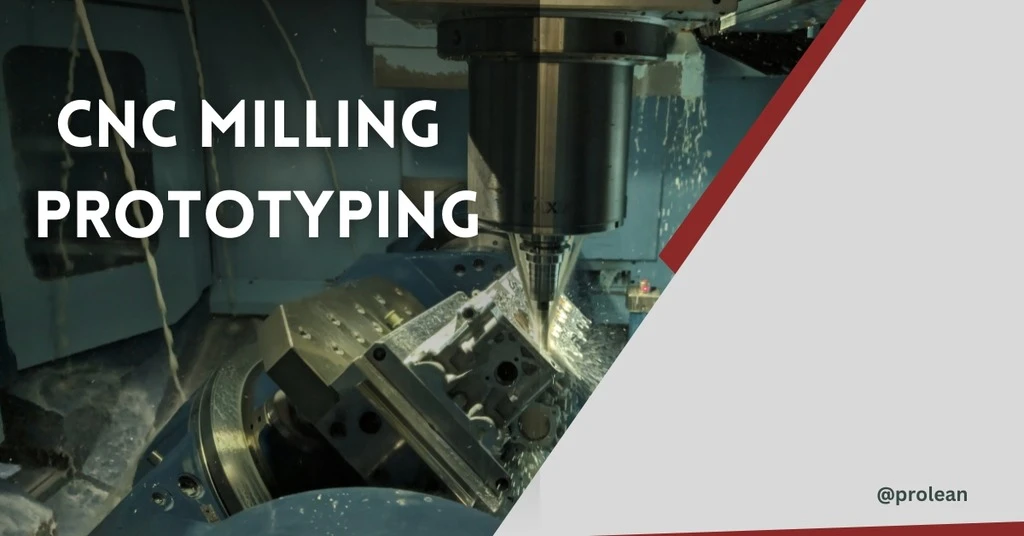
CNC milling prototyping is an optimal on demand manufacturing process for creating prototypes in a short period. It is widely used where the production is on a small scale to produce a tangible and visually appealing model of the final product. Consequently, CNC milling can be defined as the technique of bringing a design from a computer-aided design program into reality. CNC milling prototyping enables the manufacturers to identify the issues that are likely to occur in the design and fix them before going for real production.
Why is CNC Milling Prototyping a Significant Process?
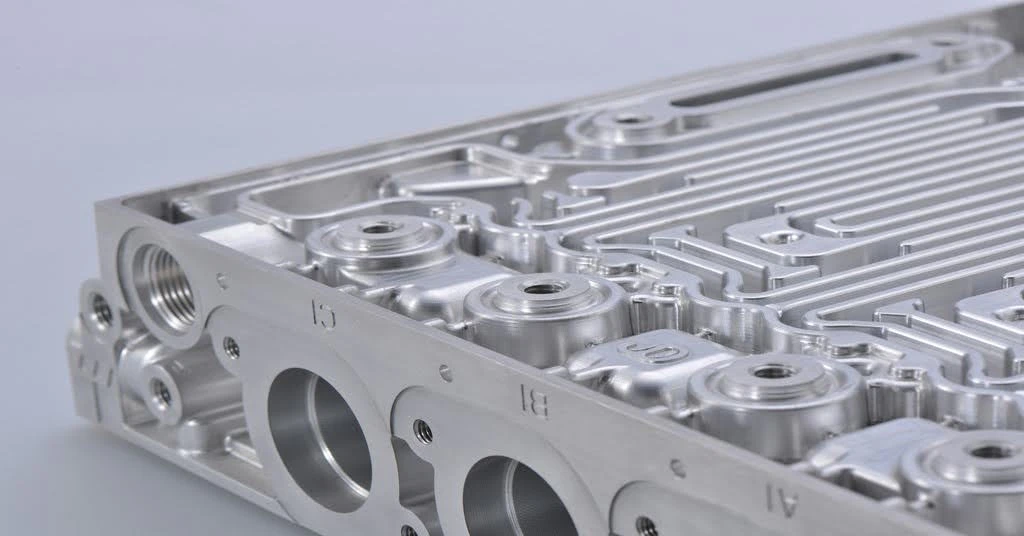
Precision CNC Milling
CNC milling is widely applied in rapid prototyping since it is precise. The accuracy is achieved through the application of computer-controlled movement of the workpiece and the cutting tool. These advanced controls check your design in all the ways possible to ensure that the prototype is as close to the actual product as possible. Moreover, milling is a speedy process. Another advantage of CNC prototype machining over other techniques like injection molding is that it does not take months to get the molds ready as is the case with injection molding. It starts with the creation of the three-dimensional computer-aided design model of the product. This model is then converted into CAM files that contain the G Code using which the CNC machine is controlled.
Limitations of CNC Milling Prototyping
However, there are some disadvantages of CNC milling as follows:
Geometric Constraints:
CNC milling machines operate from the exterior and therefore they are confined to the kind of internal shapes that they can create. Others are Additive manufacturing builds up a part from the inside out and is more appropriate for complex geometries.
Subtractive Process:
CNC milling is a type of subtractive manufacturing since it entails the removal of material to get the final product. This can lead to more material usage than in additive processes where products are built up in layers or through layering. Thus, CNC milling might be more costly in terms of the material utilized.
Cost Factors:
Compared to 3D printing, rapid prototyping CNC milling is relatively more costly because of the high costs of the materials used. However, due to this, the extra cost is justified since the accuracy is higher and the variety of materials that can be used is broader. However, 3D printing is limited to cheaper materials such as PLA which may not meet all the prototyping needs.
Technical Expertise Needed:
The cnc rapid prototyping milling requires technical skills in designing CAD files and operating the CNC machinery. All these are relevant skills that can be of help in prototyping.
Why CNC Milling is Suitable for Prototyping?
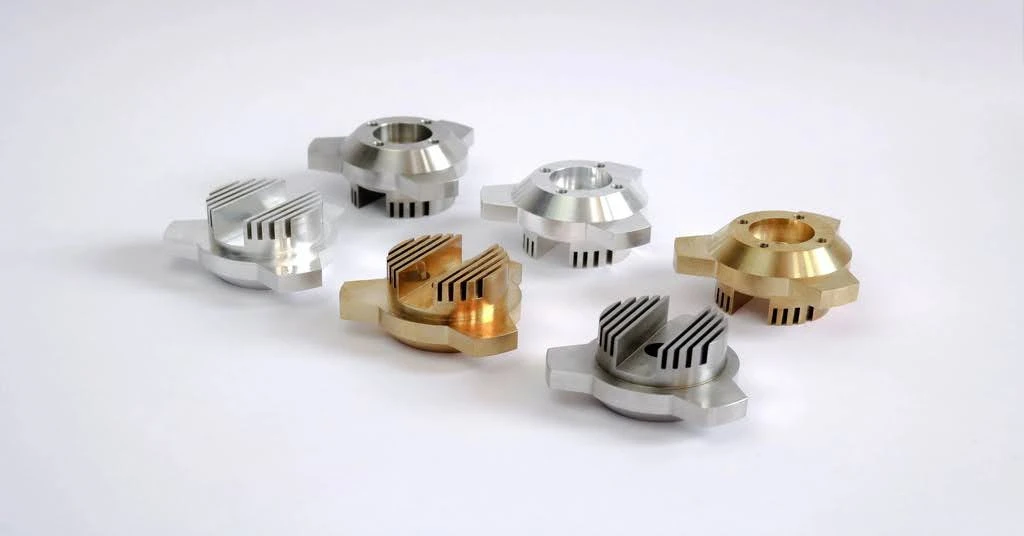
CNC Milled Prototype Parts
CNC milling is the best option for prototyping for multiple reasons. First, it is accurate and precise to a very high level when giving its results. This is made possible by the application of computer controls that control the movement of the workpiece and the milling tool. These controls focus on all the aspects of your design and verify whether the prototype matches the final product.
The other benefit of utilizing CNC milling in prototyping is that it is fast. This is unlike other processes like injection molding whereby preparation of molds and tolerances may take about several months.
CNC milling involves using a 3D CAD model of the product that is converted to CAM files. These files are the G Code files that are employed in the process of prototyping the design by the CNC milling machine.
CNC Milling Prototyping Operations
The following is the classification of CNC Milling Prototyping Operations:
CNC milling has several operations for making prototypes, and the kind of operation to be used depends on such factors as the complexity of the design and the type of material to be used.
Milling
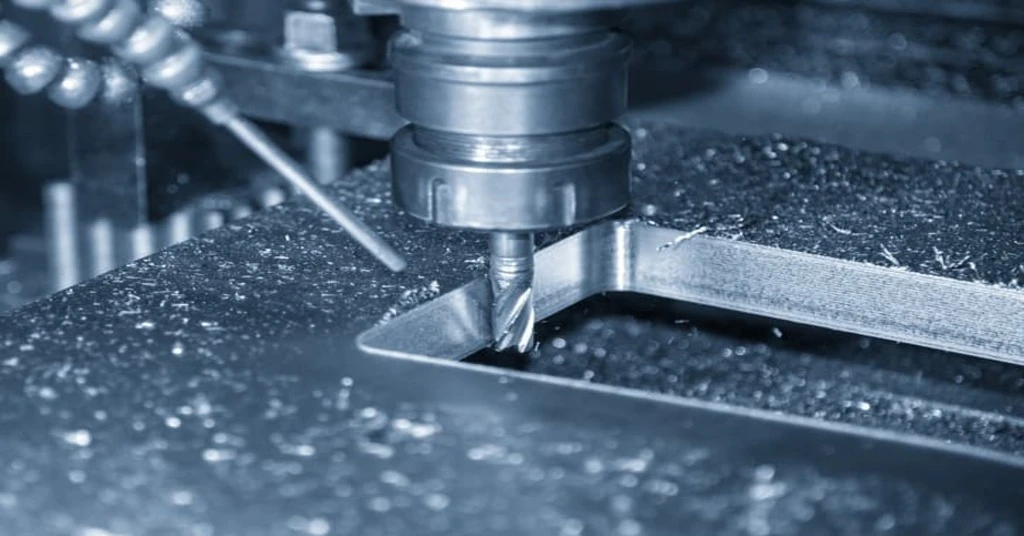
CNC Milling
CNC milling involves a milling machine to prototype parts after cutting a workpiece. This is a process of material removal where the cutting tools are multipoint, and they cut the workpiece in several forms and sizes in one revolution. The degree of intricacy of the design determines the depth of the type of cuts to be made and the number of axes of the milling machine. In more complex operations, milling machines can add more axes to the operation to increase the precision and versatility of the cut.
CNC Turning
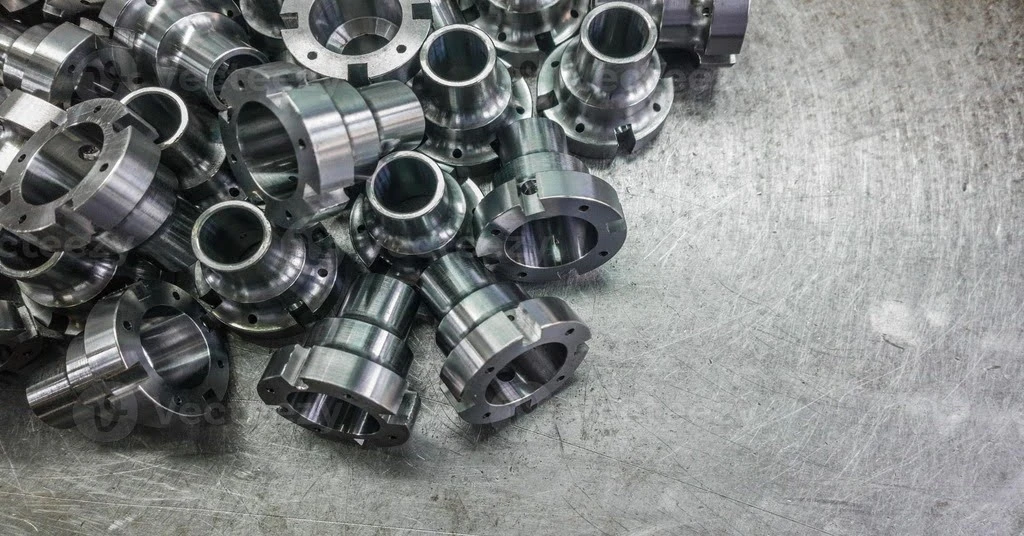
CNC Turned Parts
Turning is mainly done on lathes but it can also be done on selected CNC milling machines. In this operation, the workpiece is made to revolve while the cutting tool remains fixed and the material is cut off to get cylindrical shapes. This process is particularly useful for creating fine details and one-ply structures on the exterior and interior of the skin of a prototype.
Multi-Axis Milling
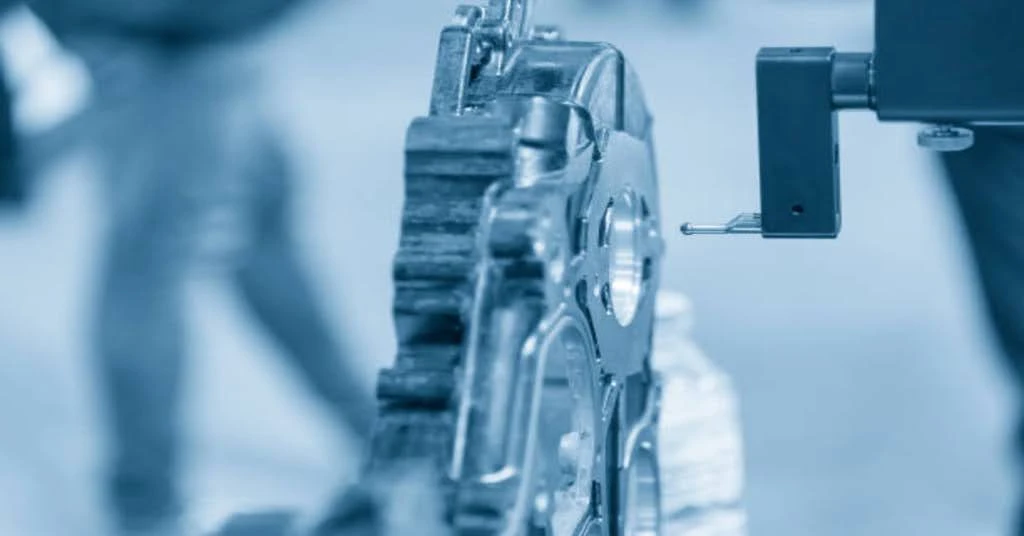
Multi-Axis CNC Milling
Multi-axis milling is an operation that can be done in many axes and this is suitable for making prototypes of complex shapes. CNC milling machines can be of different types depending on the number of axes they can operate; it can be 4-axis, 5-axis, 6-axis, and up to 9-axis. The more axes the machine has the better it can produce complex shapes and small tolerances on the part.
How to Assess the Requirement of CNC Milling Prototyping?
Determining when to use CNC milling for prototyping involves considering several key factors:
- Size: The size of the prototype determines the kind of material block or stock to be used and the appropriate CNC milling machine to be used. Make sure that the machine can accommodate the size of the prototype to be produced with ease.
- Material: The cost of the material is another aspect that is considered when choosing the material to be used. However, CNC milling is not limited to using expensive materials like ABS while metal like stainless steel is even more expensive. Among metals, aluminum prototyping is comparatively low-cost and offers exceptional performance parts for various sectors.
- Finishing Options: Choose the finalizing options for the part. You can leave it in its machined state or you can bead blast it, anodize it, or plate it. The type of finishing to be used will determine the aesthetic value and usability of the prototype.
- Complexity: The level of detail of the design determines the time that will be taken in CNC milling. Additional features like threaded holes or engraved designs would take more time to machine and might need more complex machines with more axes which would be costly.
- Tolerance (Accuracy): Higher tolerance requirements make the process more precise and this is normally time-consuming and costly compared to the general prototyping process. Before going any further, assess the level of accuracy that will be required in the project.
- Type of CNC Milling Machine: Milling machines are more versatile than CNC turning machines but they are generally more costly. However, milling is more versatile in terms of flexibility, especially for intricate designs, which is why it is widely used for most prototypes.
- Quantity: The number of prototypes also affects the cost since the more prototypes that are required, the higher the cost. Manufacturing of several parts can be cheaper per unit because of the principle of scale. The setup time is distributed over more units, and therefore, the production of a larger number of items is more economical.
Try Prolean Now!
Pros of CNC Milling for Prototypes
When considering CNC milling for creating prototypes, several key advantages make it a preferred choice: When considering CNC milling for creating prototypes, several key advantages make it a preferred choice:
- High Accuracy and Precision
CNC milling makes it possible to have prototypes that are accurate and precise. This is done through the use of computer control of cutting tools since they can only move to a precise dimension. Most of the time, any mistakes that are present in the prototype are due to design flaws and not because of the machining.
- Cost-Effective
CNC milling is cheaper, particularly in the case of creating prototypes in short-run production. These small runs are useful in that they enable the manufacturer to physically and practically examine the product before going into mass production. If imperfections are realized during this stage, it is relatively cheap to correct compared to when mass production is underway.
- Consistency and Repeatability
CNC milling is a very accurate process and this implies that if the same process and design is used then the prototypes developed will be very similar. This consistency makes it possible to have a prototype that is as close to the original design as possible unlike when using injection molding where the molds may wear out and cause slight changes to the design.
- Material Versatility
CNC milling is unique because it can work with various materials. In contrast to processes such as 3D printing or injection molding, which are rather restricted in terms of available materials, CNC milling can accommodate almost any material. These are materials such as ABS, Teflon, polycarbonate, aluminum, steel, titanium, and brass among others.
- Time-Saving Process
CNC milling is a time-saving process. Unlike other methods, it does not need the creation of molds; thus, it is easier and quicker to develop prototypes. Also, design changes are easy because changes can be made on CAD and CAM files and the prototype can easily be re-machined without much time being consumed.
Preparation of Quality CAD Models for CNC Milling Prototype Machining
The accuracy of a prototype that has been milled by CNC depends on the CAD model that has been used. These designs give details of the appearance of the part and the dimensions which are necessary for manufacturing, and therefore, accurate models are necessary for accurate parts. Here are some tips for preparing effective CAD models: Here are some tips for preparing effective CAD models:
- Developing and Adhering to a Proper Checklist
First of all, make a list of the design aspects and capabilities that should be included in the prototype. It is always easier to incorporate all the features required when designing a CAD file than when the file has already been created.
- Finalizing Wall Thickness
When creating your CAD drawings, make sure that the thickness of the wall is well observed. Thin walls are also not desirable since they weaken the mechanical integrity of the parts that are milled by CNC machines. For metal parts, it is necessary to maintain a minimum thickness of the walls. This is usually preferred to be at 8 millimeters. For plastic parts, a thickness greater than 1. 5 millimeters is advisable.
- Optimizing Design Elements
The design features such as cavities and holes should be designed in a way that will enhance CNC milling. For instance, in an end milling operation, the maximum depth that can be achieved is normally equal to three times the diameter of the tool. Hence, it is necessary to define cavity diameters correctly and restrict them according to the tool’s potential.
- CAD Computer-Aided Design
The type of CAD software that is used in the creation of the prototype can greatly affect the quality of the prototype that is produced. Depending on the type of work, different industries may use different CAD tools, so choose the most suitable program. For instance, the type of CAD software that is useful in mechanical engineering will not be useful in architecture and vice versa. Select the CAD program that meets the needs of the prototype you intend to create.
- Simplifying Drawings
CAD enables one to design a prototype in many ways but it is advisable to minimize the complexity of the design to minimize the number of operations required in the machining process. If you are dealing with complex components, try to divide the design into several parts which will be assembled later, it will be easier to machine.
Uses of CNC Milling Prototyping in Various Fields
CNC milling prototyping is crucial in almost all industries that require functional and accurate prototypes. Here’s how different sectors use CNC milling for their prototyping needs:
Medical Industry
The medical business, in particular, cannot afford a single mistake. CNC milling is used in the production of accurate prototypes of medical equipment to ensure that they resemble the final product in every way. Objects such as orthotic aids, enclosures, implants, and MRI parts are created using CNC milling to ensure they work as required, thus reducing the tolerance level.
Automotive Industry
CNC milling is applied by automotive manufacturers to create models of new car parts. Such prototypes have to be accurate to be incorporated into the final design. CNC milling is also used in the development of prototypes of other transport industries such as ship and trucking industries to ensure that every part is of the right standard before mass production.
Aerospace Industry
CNC milling is widely used in the aerospace industry for prototyping because of the high levels of accuracy required. Some examples of the items that are milled include landing gear ports, bushing, and airfoil where prototypes are produced to enable the testing of functionality and endurance. This process is useful in avoiding any mistakes that could be fatal or hamper performance in real aircraft.
Military and Defense Industry
In the military and defense industries, CNC milling is applied in the manufacturing of prototypes of ammunition, vehicles, and communication equipment. These prototypes are very important since they are used to test and fine-tune some parts before they are mass-produced, given that the fields in question demand high levels of precision.
CNC Milling Prototypes vs. injection Molding Prototypes
Let’s differentiate CNC milling and injection molding prototyping techniques.
Part Tolerance
CNC Milling is more accurate than conventional Milling with tolerances normally within ±0.01mm. This high accuracy is attributed to the fact that the control systems are well-developed and the tools employed are of very high quality. However, the prototypes that are created using injection molding have a tolerance level of ±0. 1 to 0.7mm. This variation is attributed to the fact that the material used in the process shrinks during the cooling period of the process.
Prototype Material
Injection molding mainly deals with plastics and elastomers. This includes the placing of molds and then the pouring of the molten material over the molds. CNC milling on the other hand can work on all the types of materials that are used in industries. Compared to other materials used in prototype making, Prolean Tech can be applied to metals, plastics, and even wood hence making it more versatile in meeting the different prototype requirements.
Surface Quality
Some of the surface defects that are noticeable on the injection molded parts are warping sink marks and flow lines. These imperfections are seen not only on the outside appearance of the prototype but also on the work of the prototype. In general, the surface finish of the part produced through the CNC milling is smoother than the conventional milling. The kind of tools that are used in the milling process that is used in Prolean Tech are more efficient than most other kinds of milling processes.
Similarities between CNC Milling Prototypes and 3D Printing Prototypes by Prolean Tech
Material Consumption
3D printing is economical in the use of material since the material is only utilized in the creation of the object. It constructs them from the ground up and uses only what is required to construct the next level of the structure. On the other hand, in CNC milling, material is cut from a block of material and this leads to more scrap. This makes 3D printing a more sustainable option for small prototypes as compared to the conventional methods of manufacturing.
Prototyping Cost
Compared to the 3D printing, CNC milling is slightly more expensive. This is because there is a need for various tools and more so the high investment in CNC machinery. Nevertheless, 3D printing is cheaper in terms of setup and material hence it is more appropriate for small quantities or a single prototype.
Supported Materials
CNC milling is flexible and can be used on a variety of materials including metals and plastics. Prolean Tech provides milling services and due to flexibility, the company can deal with any type of material. 3D printing primarily operates with thermoplastics and is gradually moving to metals with the help of modern technologies; however, it has some drawbacks compared to CNC milling.
Part Tolerance and Toughness
CNC milling also has the following advantages: a high degree of accuracy of ± 0. 01mm, which makes the prototypes of the correct size and reusable for a longer time. For instance, some technologies such as Direct Metal Laser Sintering (DMLS) have tolerances of up to ±0. 1mm. DMLS is precise but not as precise or as powerful as CNC milling. The CNC milling parts are usually harder which is desirable for applications that are likely to exert a lot of force.
Prolean Tech CNC Milling Services for prototype Manufacturing at a faster pace
Prolean Tech is a rapid prototyping china company that deals with cnc milling services and has been in the market for more than twenty years. They use current technology in their production to guarantee high precision from the development phase to the production phase. Experience is the assurance of developing high-quality prototypes that satisfy certain characteristics when it comes to Prolean Tech. To avail of the best cnc prototype service, please upload your CAD files today to get a DfM report and a detailed quote.
FAQs
Q1. What are the materials that are used in the CNC milling of prototypes?
The following materials can be used in the making of CNC milling prototypes; aluminum, stainless steel, and brass. They can also be made from plastics such as ABS, nylon polycarbonate, and wood.
Q2. Is there any other better way to prototype than CNC milling?
CNC milling is most advantageous when it is used in making stiff and accurate prototypes. However, the best choice is relative to the need for the material, the need for the structure that is required, and the available project. By these criteria, there may be other processes which may be more appropriate for instance 3D printing or injection molding.
Q3. Factors that affect the cost of CNC milling?
CNC milling’s cost depends on the design of the part, tolerance, and the material used in the milling process, the type of CNC machine that is to be employed, and the surface finish type that is required on the workpiece.

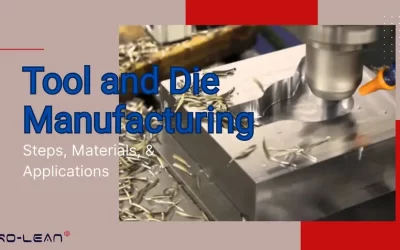


I was looking for CNC milling prototyping article and found this. SO nicely written. Can I combine CNC milling along with other manufacturing approach for my automotive chassis development project?
Absolutely! You can combine EDM, Laser, Sheet metal and other techniques along with milling for your prototyping project, based on your needs.
SO nicely described about CNC milling prototyping. How easy to scale-up the production with Milling once prototype is approved .
You can easily scale-up with same milling approach once your prototype is approved. In fact, it becomes more cost effective without compromising the quality.
?I am looking for food-processing prototypes but confusing whether choosing the CNC Milling or not
Rookey! We have worked with Many food-related industries for Prototyping and was done with CNC Milling. You can read further about it here: https://proleantech.com/food-processing-prototypes/